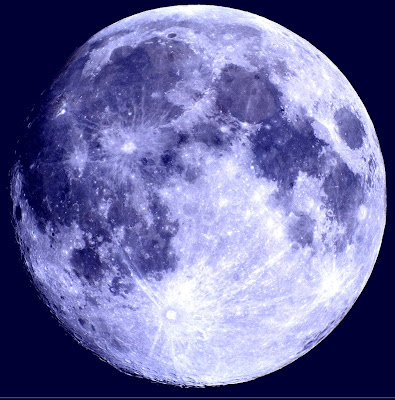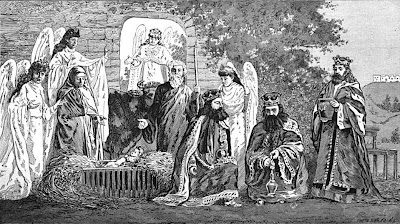The term Blue Moon is believed to have originated in 1883 after the eruption of Krakatoa. The volcano put so much dust in the atmosphere that the Moon actually looked blue in color. This was so unusual that the term "once in a Blue Moon" was coined. However, Blue Moon was also used in much the same way we use the term "Harvest Moon".
There were twelve names for full moons, one for each month, and the name Blue Moon was used in years which had 13 full moons. It referred to the third full moon of the four occuring between an equinox and solstice in that year. A misinterpretation of this led to a Sky and Telescope Magazine "Star Quiz" in July 1943 followed by an article in March 1946 which stated that the second full moon in any calendar month was called a Blue Moon (attributed to the 1937 Maine Farmers' Almanac), and this definition has now become part of the language.
NASA Copyright Notification: Photographs are not protected by copyright unless noted. If not copyrighted, photographs may be reproduced and distributed without further permission from NASA. NASA makes every attempt to use media on our web pages (e.g., graphics, artwork, sounds), that is free for use or in the public domain.
Generally speaking, works created by U.S. Government employees are not eligible for copyright protection in the United States. See Circular 1 "COPYRIGHT BASICS" PDF from the U.S. Copyright Office.


































